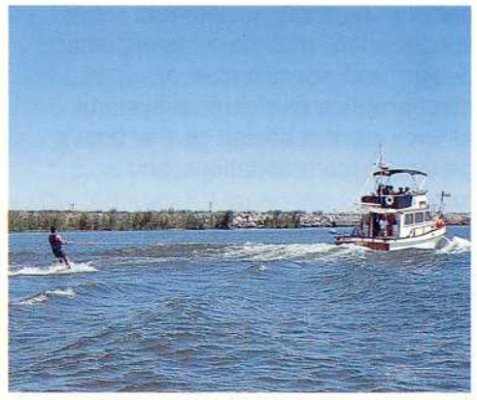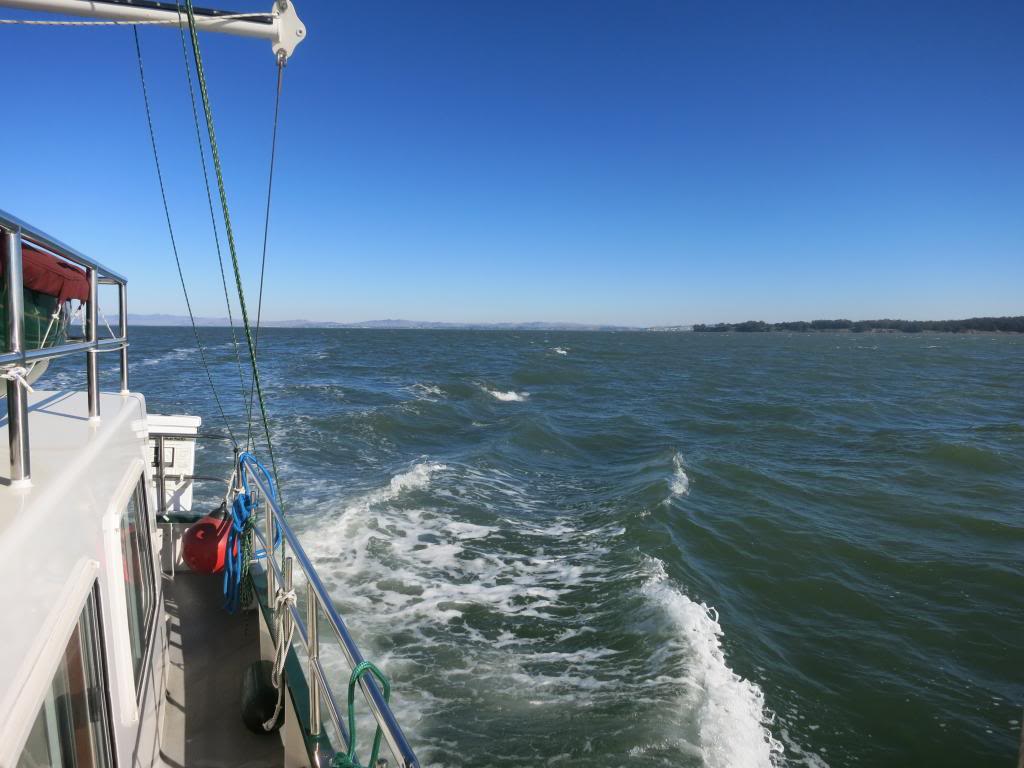Still a boat should have the appropriate amount of power for it's hull design and weight.
Can you find any flaw in that?
Absolutely. If the boat won't sell, then it's a bad design. It's that simple.
Other than the handful of people who like to build boats for themselves and so build what they think the boat should be, building boats is all about selling boats. If you can't sell them, there is absolutely no point in building them. Which means a design that won't sell--- no matter how efficient it might be in terms of power to hull shape--- is 100% worthless.
Here's a car analogy, sort of. In the 1950s, they began putting fins on Cadillacs. Did the fins improve the car's efficiency? Nope. Did they improve the acceleration? Nope. Did they improve the car's handling? Nope. Did they improve the car's safety? Nope. Did they do ANYTHING to make it a better automobile? Nope.
But the market went bonkers. Fins were the coolest things since sliced bread. So for a bunch of years the car makers put fins on everything. Good design from the point of view of making a better, more efficient, better handling, safer car? God no.
Good design from the point of view of selling lots and lots of cars to a huge and getting huger market and making lots and lots of money? No. It was a FABULOUS design.
So that's the way it is with boats. Your low powered, displacement boat is a car without fins in the 1950s and 60s. It's a bad design because nobody wants it.
There's theory, which is where you're coming from, and there's reality, which is where Grand Banks and Californian and SeaRay and CHB and Bayliner are, or were, coming from. And reality trumps theory every time.
In your theoretical world, a boat should have the appropriate amount of power for its hull design and weight. No quarrel there. But in the real world, people want a boat that can go slow when they want to, and go fast(ish) when they want to. Look at the photo of the GB that FlyWright put up a few posts ago.
That's what that boat buyer wanted to be able to do. And water skier or not, that's what the bulk of the cruising power boat crowd wants to be able to do.
I have never met a power boater who didn't wish his or her boat could go faster. Not necessarily all the time, although there are plenty of people (like me) who would like that. But at least to be able to go faster some of the time.
Do you think it's right to use a cruising boat to to pull a water skier? Yes, no? Doesn't matter. The guy who bought the boat wanted to use it that way, and Grand Banks made a sale if we assume the guy driving the boat is the original owner. So the Grand Banks design is perfect for the thousands of people who bought Grand Banks boats. Which makes Grand Banks' formula of power to hull design and weight right on the money. Which makes it... a great design.



